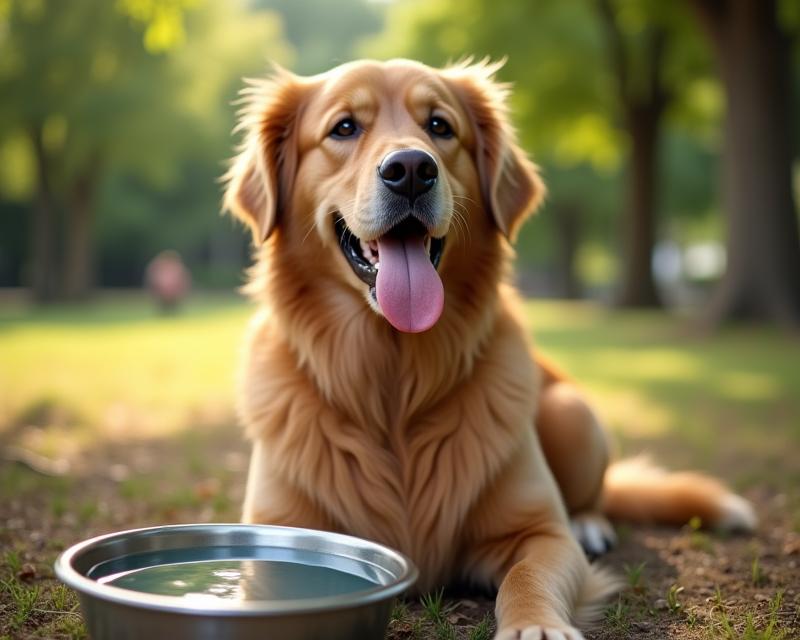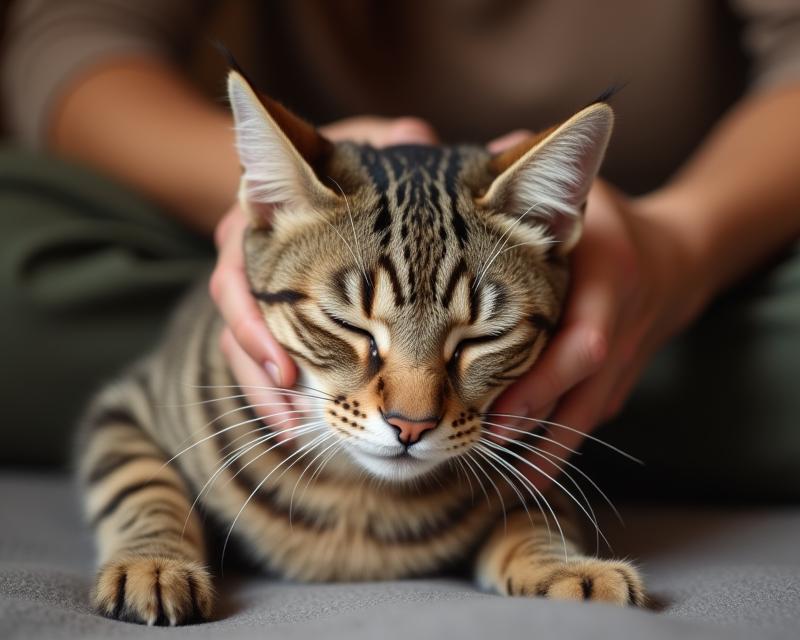Recognizing Heatstroke in Pets
Publish in Health el 28/06/2025 23:23
Recognizing Heatstroke in Pets
Summer is a wonderful time to spend with our furry friends, but it can also be dangerous! Pets are much more susceptible to overheating than humans, so it's crucial to know the signs of heatstroke and how to react quickly. This article will help you understand what to look for and what steps to take to keep your pet safe during hot weather.

What is Heatstroke?
Heatstroke happens when a pet's body temperature rises to dangerous levels. Unlike humans, pets can't always tell us they're uncomfortable or overheating. This can happen quickly, especially in breeds with thick fur, brachycephalic (short-nosed) breeds like Bulldogs and Pugs, and those with underlying health conditions.
Recognizing the Signs
Knowing the symptoms of heatstroke is the first step in saving your pet's life. Here are some key signs to watch out for:
- Excessive panting or difficulty breathing: This is often the first sign.
- Excessive drooling: More than usual, and the saliva may be thick.
- Weakness or lethargy: Your pet may seem unusually tired or unsteady.
- Vomiting or diarrhea: These can be signs of a stressed body.
- Bright red gums and tongue: This indicates a lack of oxygen.
- Collapse: This is a critical sign and requires immediate action.
- Seizures: A very serious sign that needs immediate veterinary attention.
What to Do If You Suspect Heatstroke
If you suspect your pet is suffering from heatstroke, act fast! Time is of the essence. Here's what you should do:
- Move your pet to a cool place: Get them out of the sun and into shade or an air-conditioned area.
- Offer cool (not ice-cold) water: Encourage them to drink, but don't force it.
- Apply cool water to their body: Use a hose, wet towels, or a spray bottle to cool them down, focusing on the paws, ears, and groin. Avoid using ice water, as this can cause blood vessels to constrict and worsen the situation.
- Contact your veterinarian immediately: Even if your pet seems to be recovering, it's crucial to get professional medical attention. Heatstroke can cause internal organ damage that may not be immediately apparent.
Prevention is Key
The best way to deal with heatstroke is to prevent it from happening in the first place. Here are some tips for keeping your pet cool during the summer:
- Never leave your pet in a parked car: Even on a mild day, the temperature inside a car can quickly become deadly.
- Provide plenty of fresh water: Always have water available, both indoors and outdoors.
- Avoid strenuous exercise during the hottest part of the day: Opt for early morning or late evening walks.
- Provide shade: Make sure your pet has access to shade when outdoors.
- Consider cooling vests or mats: These can help keep your pet cool during hot weather.
By being aware of the signs of heatstroke and taking preventative measures, you can help ensure your pet has a safe and enjoyable summer!





